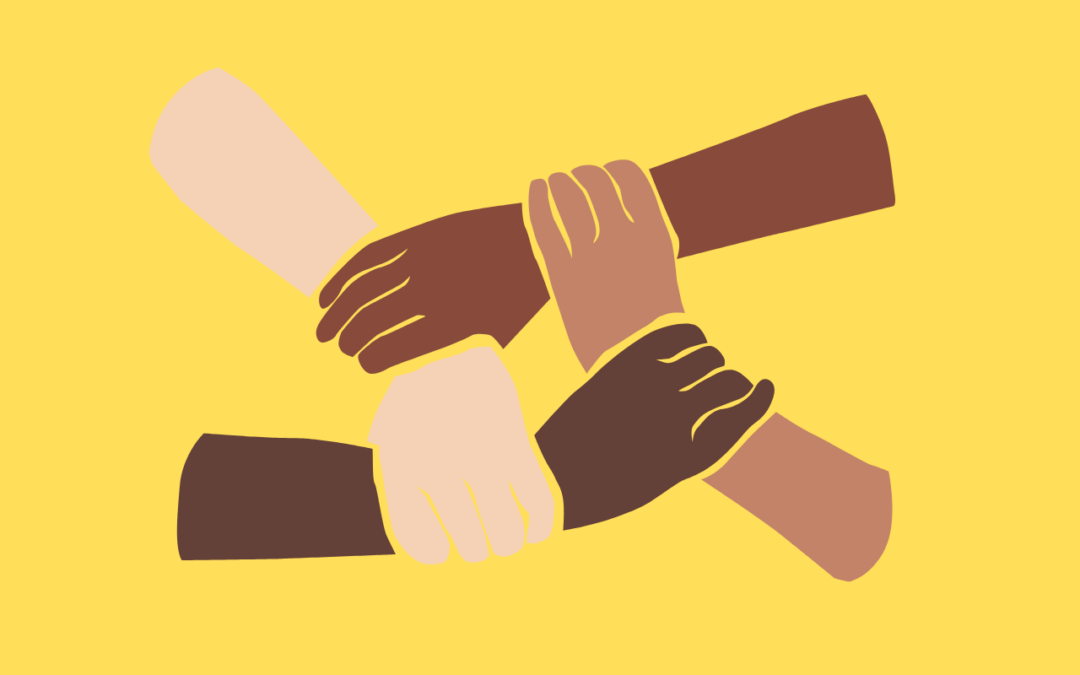Cultural competence and cultural safety are crucial to delivering effective care. They are also key to creating working environments where everyone feels valued and able to function at the highest level. If we invest time and energy in understanding and implementing these concepts, the dividends can be invaluable, both individually and collectively.
Defining Cultural Competence and Cultural Safety
Dr. Raj Sundar is a physician, community organizer, and the Healthcare for Humans podcast host. As a healthcare leader, Dr. Sundar uses various platforms to bring a human scale to care delivery. In his view, the importance of cultural competence and safety cannot be overstated.
“Understanding cultural competence and safety is crucial when working with diverse cultures,” Dr. Sundar shares. “However, the definitions of cultural competence have evolved from diverse perspectives. One definition that’s commonly used is the following: having the capacity to function effectively within the context of diverse cultural beliefs, behaviors, and needs, as highlighted by the CLAS Standards (culturally and linguistically appropriate services).”
He continues, “On the other hand, cultural safety goes beyond individual competency, focusing on creating environments where everyone feels safe and respected, particularly addressing historical and structural causes of inequity. It builds upon cultural humility, which involves recognizing personal biases while understanding and respecting others’ perspectives.”
Where Does Cultural Competence Fall Short?
However well-meaning cultural competence initiatives can be, they don’t always hit the mark. Dr. Sundar explains, “Competence-focused approaches can sometimes overlook individual differences, leading to stereotyping and neglecting unique experiences.” He continues, “Additionally, while cultural competence training is valuable, it often emphasizes surface-level cultural differences, neglecting deeper issues such as systemic biases and power dynamics.”
Sundar uses his cultural background and experience to illustrate how cultural competence can fall short. “My identity as an Indian-American from North Carolina who likes lacrosse, sweet tea, and country music illustrates the complexity [of individual experience] beyond cultural identity. Individual differences always matter, but my history and values are deeply connected to my Indian ancestry.”
A study published by the National Library of Medicine adds to this idea.
“A plethora of training is designed to expose providers to different cultures and expand their understanding of the beliefs, values, and behavior, thus achieving competence. Although this intention is commendable, training providers to become competent in various cultures presents the risk of stereotyping, stigmatizing, and othering patients and can foster implicit racist attitudes and behaviors.
“Further, by disregarding intersectionality, cultural competence training tends to undermine provider recognition that patients inhabit multiple social statuses that potentially shape their beliefs, values, and behavior.”
Parallel Concepts
When it comes to other concepts that parallel cultural competence, Sundar adds that two other terms to be familiar with are cultural humility and responsiveness.” He describes them thus: “Cultural humility is an attitude or mindset characterized by an ongoing willingness to engage in self-reflection, self-critique, and lifelong learning about one’s own cultural biases and the cultural backgrounds of others. It emphasizes recognizing the limitations of one’s perspective and being open to learning from diverse experiences and perspectives.”
He states, “Cultural responsiveness involves recognizing, respecting, and integrating individuals’ cultural backgrounds, values, and beliefs into designing and delivering services and interventions. It goes beyond cultural competence by emphasizing the importance of engaging with communities, co-creating solutions, and adapting practices to meet diverse populations’ specific needs and preferences.”
Strategies and Tools for Increasing Cultural Competence
There are many strategies and tools for increasing cultural competence. Dr. Sundar shares, “While insufficient, cultural awareness training can be essential opportunities to connect with peers to reflect on conflicts, tension, or care pathways that can be improved.” His examples include asking questions like:
- Why does our Russian community have the lowest mammogram rate?
- When a Jehovah’s Witness refuses blood in a life-threatening situation, are we all aware of what to do and have the support we need?
- When families come together to care for an individual, can we navigate that context in our highly individualistic environment?
Sundar adds, “It’s often essential to have cultural liaisons, which allows for collaboration with community leaders and organizations serving diverse populations.” This strategy can provide insights into cultural norms and various practices and behaviors that community members engage in when seeking healthcare.”
As a community organizer, Sundar has other recommendations. “Building relationships with your community is helpful. Part of my podcasting journey with Healthcare for Humans is building relationships with local immigrant and refugee communities, amplifying their voices, and caring for them in the way they want in the context of their history and structural inequities.”
Patients’ perspectives must also be taken into consideration. “It can be beneficial to actively seek patient input about cultural preferences, needs, and concerns,” Sundar advises. “Take time to listen attentively and respectfully to patients’ perspectives and incorporate their feedback into your approach to care. Ask, ‘How can I be a better advocate and caregiver for your community?’”
Dr. Sundar reminds us that we must also reflect on our cultural biases, assumptions, and privileges. “If we consider how these factors influence our interactions with patients and colleagues from diverse backgrounds, that self-awareness is a step toward becoming a more culturally aware healthcare professional.”
A Learning Process
In the end, Dr. Sundar has specific recommendations for nurses.
“Nurses should recognize cultural awareness as a continual learning process rather than a static achievement. For example, it’s been a journey for me to realize how to incorporate the values of the Native Hawaiians and Pacific Islander community in my care. I have had to be intentional about how I say hello and talk about suffering to meet the community where they are. It takes time and building relationships to realize this.”
Dr. Sundar believes that achieving health equity requires ongoing self-reflection and that we remain open to diverse perspectives.
“Health equity is the idea that everyone should have the same opportunities to be as healthy as possible, regardless of their circumstances, and we must be committed to it. Doing this work isn’t always easy, but it’s worth the effort and will always be needed in our diverse world.”
- Embracing Cultural Competence and Cultural Safety - April 17, 2024
- Advancing Your Nursing Career Through Certifications - March 25, 2024
- Are the Robots Coming for My Nursing Job? - March 20, 2024



